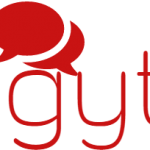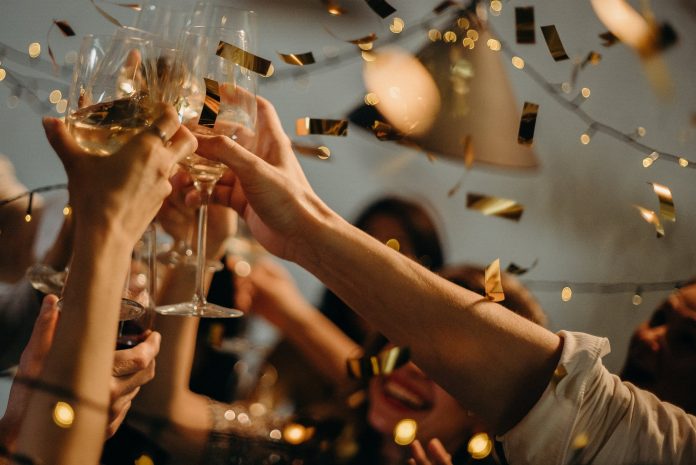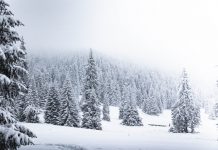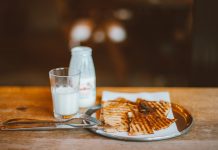Wine fraud has been in existence as long as wine has been produced. Pliny the Elder is known to have commented that in ancient Rome even the rich were not sure if they were drinking good wine. The middle ages saw wine from questionable areas being passed off as those from reputed wineries. In London, laws were passed so that taverns could not store wines from different regions together to prevent mixing. If a merchant was found guilty, he would have to drink the whole lot. In medieval Germany, punishment for selling illicit wine was beating, branding or death by hanging.
In the 18th century chemists made “champagne” from apples and used sloe to make “bordeaux”. During times of wine scarcity, merchants used dried raisins from anywhere to make wine and sell them as wines from France or Italy. Wine fraud was so rampant in the early 19th century that the British Parliament finally put in place the Adulteration of Food and Drink Act of 1860. Other European governments followed; the French in 1889, the German in 1892 and the Italian in 1904.
Humidification of Wine
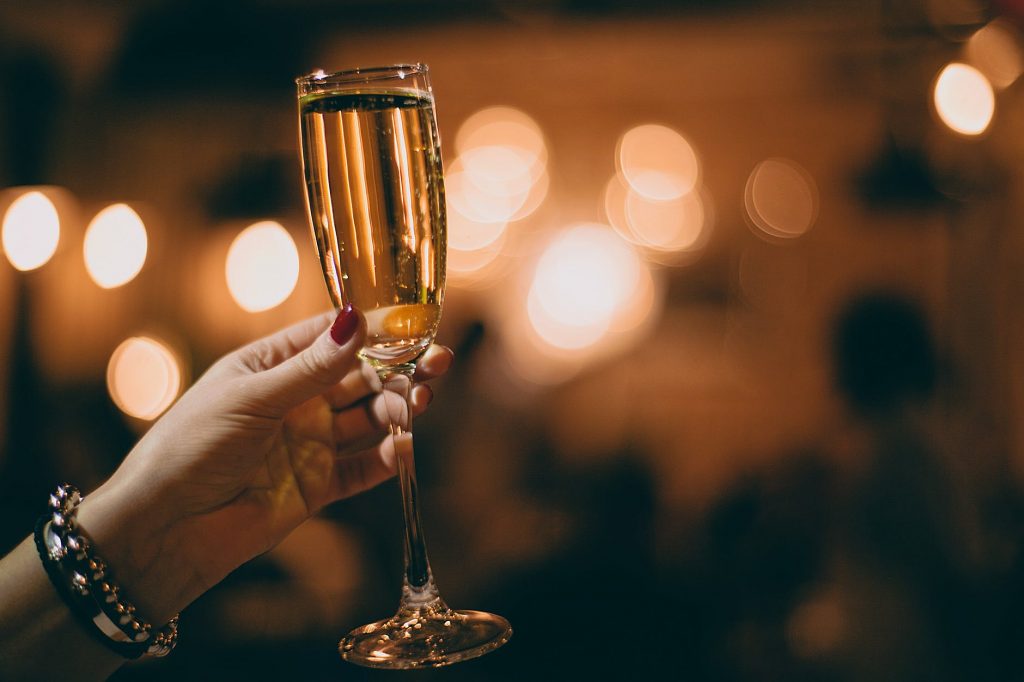
Adding water to wine (humidification) has been an old trick. The Greeks considered it heinous to drink undiluted wine, but today it is a topic for debate.
Modern wine making techniques involve longer hang times, allowing the fruit to ripen over longer periods of time. This produces wine with higher alcohol content and in many countries would require additional tax or duties to be paid for the commercial sale. To reduce tax, merchants have been known to dilute the wines with water. Water is also used during the wine making process to rehydrate dried fruit and to allow the passage of the grapes through equipment. There are laws which stipulate the amount of water that can be used during the wine making process, but this has become a gray area and wineries openly admit to using water during the process.
Label Fraud
Affixing counterfeit labels to bottles of cheap wine has been a very common practice since the 19th century. Wines from less acclaimed regions were labeled as produce from Bordeaux or Tuscany. Governments brought into practice strict appellation systems and the Protected Designation of Origin (PDOs), wherein the label would contain specific details of the origin of the wine. As it became more difficult to fake the regions, label fraud began with names of individual estates being mixed. The lower quality wines were being labeled as coming from wineries that were known to produce the best.
In 1985, Hardy Rodenstock, a German music promoter and wine merchant, sold a lot of his wine collection. One such collection, the Jefferson Bottles, were reportedly bottled for the President Thomas Jefferson. These were discovered to be fake as the etching on the labels that were supposed to link them to the President were found to be made with an electric drill, equipment that would not have been available then. In 2002, bottles of the weaker 1991 vintage of Chateau Lafite Rothschild were relabeled and sold as the better acclaimed 1982 vintage in China.
Wine Blending
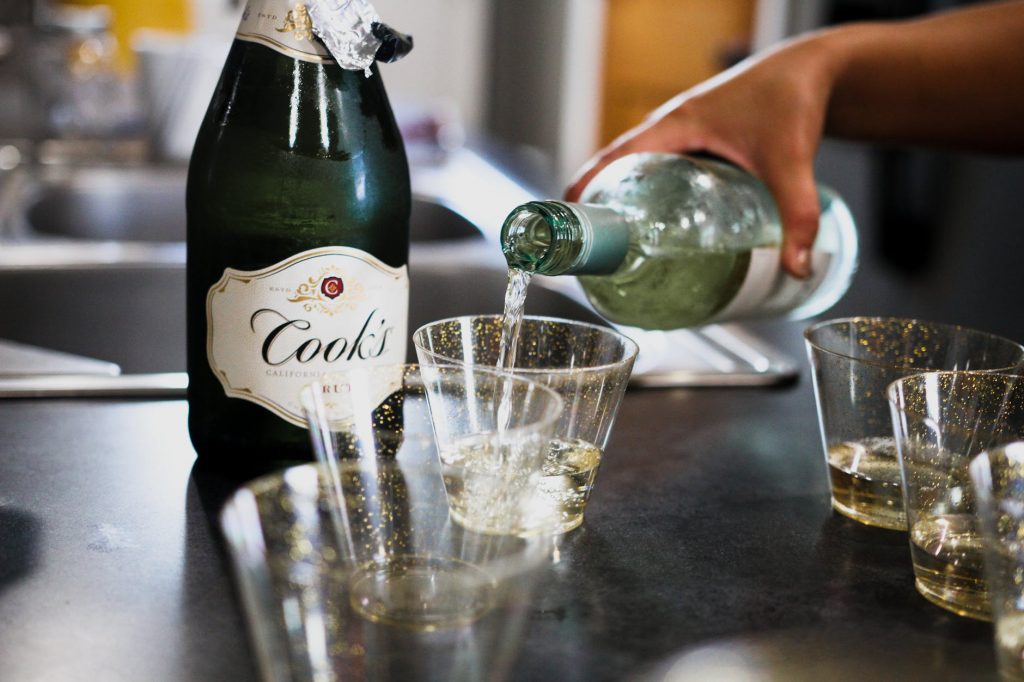
Wine blending is a common practice. The gray area is when cheap quality wines are added to the good ones to increase the total volume of wine available for sale commercially, jeopardizing the quality of the wine.
Growers were known to plant high quality grapes temporarily for the benefit of inspections and then grafted low quality grapes once the inspection was complete. In 2008, allegations were made against the producers of Brunello di Montalcino that blends were made to wines that were labeled to be 100% Sangiovese to increase profits. The Vins Georges Duboeuf company was found guilty in 2005 of mixing low grade vintages to Burgundy wine.
Controlling Wine Fraud
Many wineries have taken over the commercial distribution of their wines themselves. Many producers are marking their bottles with engraved serial numbers. Although this is effective in protecting the later vintages, the older ones are still at risk for fraud. A team of researchers in Australia have found that using radioactive isotopes (carbon dating) to measure the age of wine is a foolproof way to determine the vintage of wine. This could, perhaps, dissuade vintage fraud from getting rampant.

